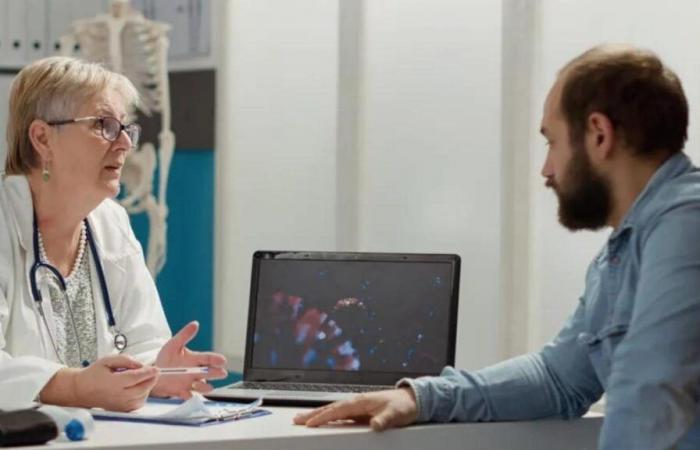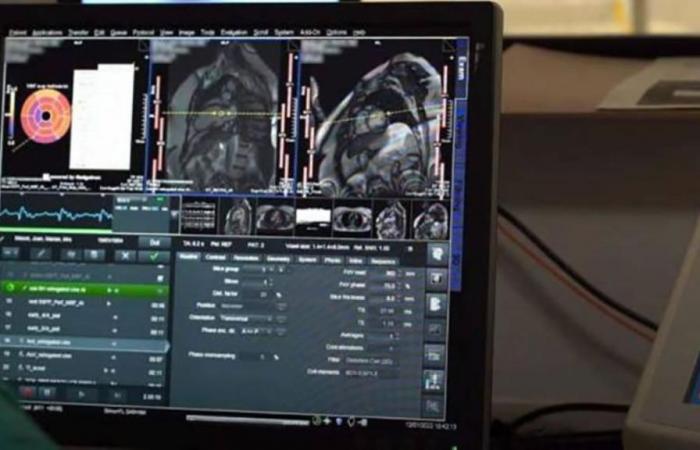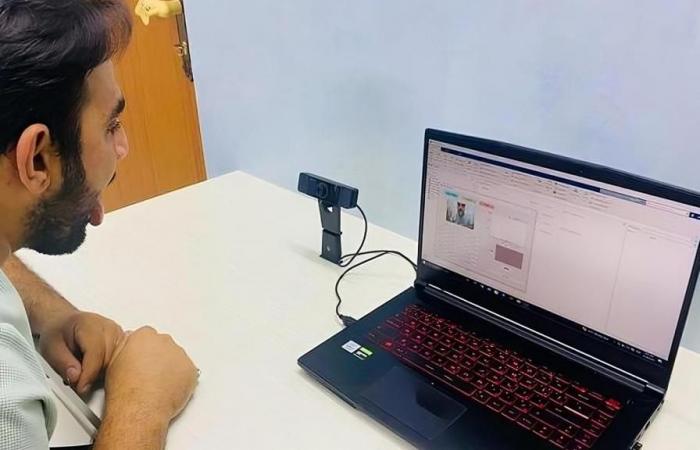His name is David Schweikert, he is a republican congressman for the state of Arizona and it is the second time that he records a proposition of law to allow artificial intelligence to prescribe medications directly to patients.
Are we at the gates of virtual doctors to prescribe our drugs?
If today’s world looks like a science fiction film, Schweikert’s intention is painfully realistic. In an interview last year he said that “technology has to be part of the way we bend the curve of indebtedness and loans.”
The sanitary expenditure of the United States is elephantiasic. If in Spain it is around 9% of GDP, the North American country doubles it: 18%. With this panorama, it is not surprising that a system is raised in which it ‘attends’ to hundreds or thousands of people at the same time and reset medications based on their symptoms.
The proposal is not surprised at Javier García Alegríainternist and former president of the Federation of Spanish Medical Scientific Associations. “It is still a contingency approach based on the following conditions: one, a percentage Health expenditure of GDP well above other developed countries, which makes it much less competitive, in an attempt to reduce sanitary costs.”
Two, “the little value that is granted to science”; three, “the dismantling of health agencies and organizations such as FDA [el regulador de los medicamentos y productos sanitarios]”; and four,” the influence of technological companies, which act as a lobby in his own country and that compete with Chinese companies. “
García Alegría considers that this proposal “would be a mistake, because prescribing a medicine is just the final phase of a very complex decision -making process that implies knowing the clinical situation, current scientific evidence, the context and preferences of the patient”, and, therefore, “”You have to question the proposals that try to solve complex problems with simple solutions“.
Actually, artificial intelligence takes time in doctors’ consultations. “Current tools cover any field of medicine, such as genetic diagnosis, risk stratification, alert systems, optimization of the use of medical history, image interpretation, diagnostic strategy, aid in therapeutic decision and the accelerated design of drugs,” explains the internist.
A recent survey of more than 5,000 European doctors points out that the most frequent current uses of AI are research, administrative tasks, dating management and the management of the digital medical history.
García Alegría also points out that a survey conducted by the Spanish Society of Internal Medicine concluded that 90% of specialists knew AI tools, and 75% had used them in their professional practice.
Fails in one in ten cases
The situation in health centers is different, according to the family doctor César Dilú. “There is artificial intelligence in many areas, but especially at the hospital level. In primary care we are a bit delayed.”
Dilú, who is a member of the Digital Health Group of the Spanish Society of General and Family Physicians (SEMG), points out that artificial intelligence still It is not prepared to make prescriptions alone, but it will be “in two or three years, five at most”.
“The great models of AI, the most powerful, have a level of success of 90%. That means that they fail in one in ten cases. If doctors see 30 or 40 patients a day, artificial intelligence would have three or four significant errors and that is not admissible.”
Although mostly it does in pilot projects, there are prescription tools based on artificial intelligence. For example, a study conducted at the General Hospital of Singapore showed that it was able to reduce the use of antibiotics by 40% – for being unnecessary – against urinary tract infections and pneumonia.
They also help notice possible interactions between medicines or dose optimization, “especially in narrow therapeutic margin drugs or in patients with renal or hepatic failure,” he says Ramón PuchadesCoordinator of the Digital Medicine Group of the Spanish Society of Internal Medicine (SEMI).
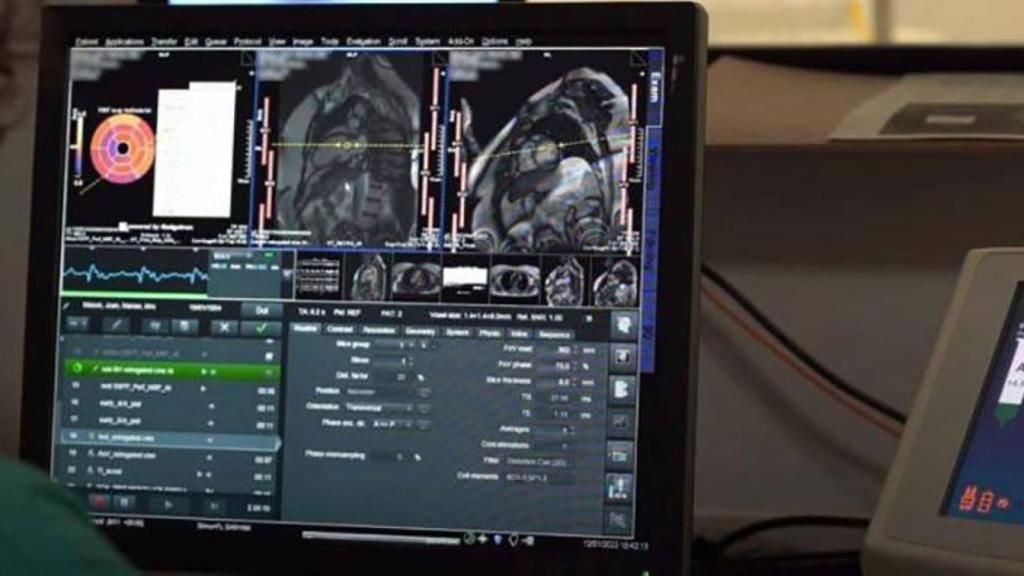
“One of the fundamental objectives of AI regarding prescription is the customization of treatment from models that integrate clinical, genetic and response data prior to drugs, as a help tool that facilitates the path to personalized medicine,” he continues.
For puchades, “technically, systems capable of prescribing with solid clinical criteria can be developed, especially in very protocolized and specific contexts”, but always with human supervision, because “The prescription is not only a technical calculation, but a complex clinical decision which needs communication with the patient and entails legal responsibility, ethical and cybersecurity aspects. “
That is why “it would not be desirable to replace the doctor in prescription but to increase their ability to make safer, fast and personalized decisions.” That is, the AI helps but never replace the doctor.
However, there are opportunities for artificial intelligence that manages recipes autonomously, points the family doctor César Dilú. “For example, in patients who take some hypotensioner, some antidiabetic, chronic medications that must be renewed year after year, AI can do it.”
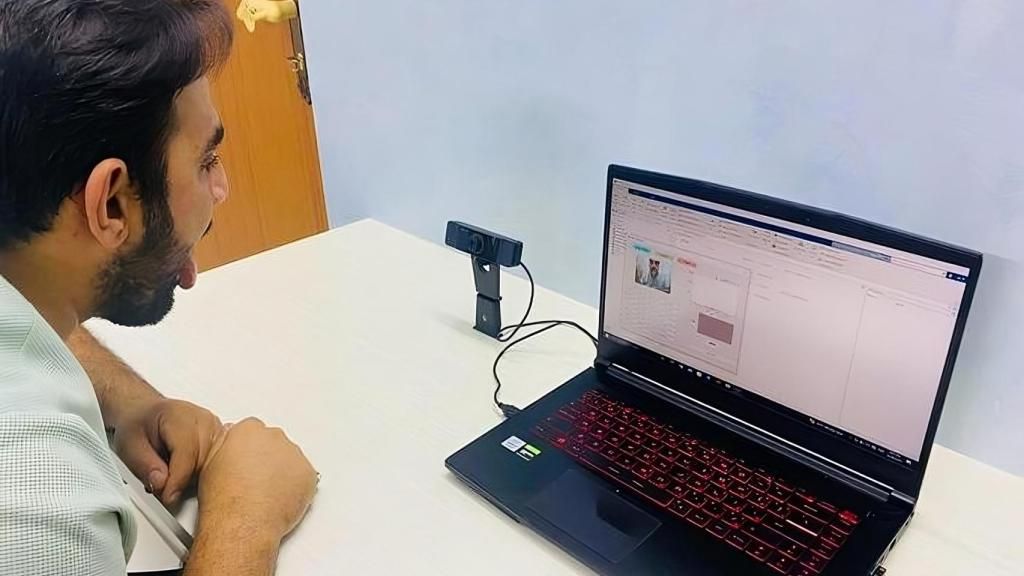
Middle Technical University / Eureka Alert Murderer
It would be a tool that review what the patient takes, contraindications, etc. “And that the doctor could simply give his OK. This could already be implemented.”
The pending account, however, is that both Spanish and European level current regulations do not favor these developments, as it puts many more obstacles in access to data than in the North American environment.
The positive aspect is that society accepts more wins these developments. “The US acceptance of these prescription aid models is low with respect to other countries,” says Dilú, “because They are oriented to the limitation of spending, economic, limitations of insurers, etc. In Spain and Europe, they are oriented more to the homogenization of attention and protocol to protect the fundamental rights of people. “
To exemplify this good acceptance of the AI by Spanish, the family doctor appoints Lola, a virtual assistant developed by the Bellvitge Hospital who monitors the patients once they are discharged.
“The patients, in the long run, have more acceptance to call them Lola than to do a person. All the tests that have been done where you compare a good AI system with the human being, better accept the machine.”

